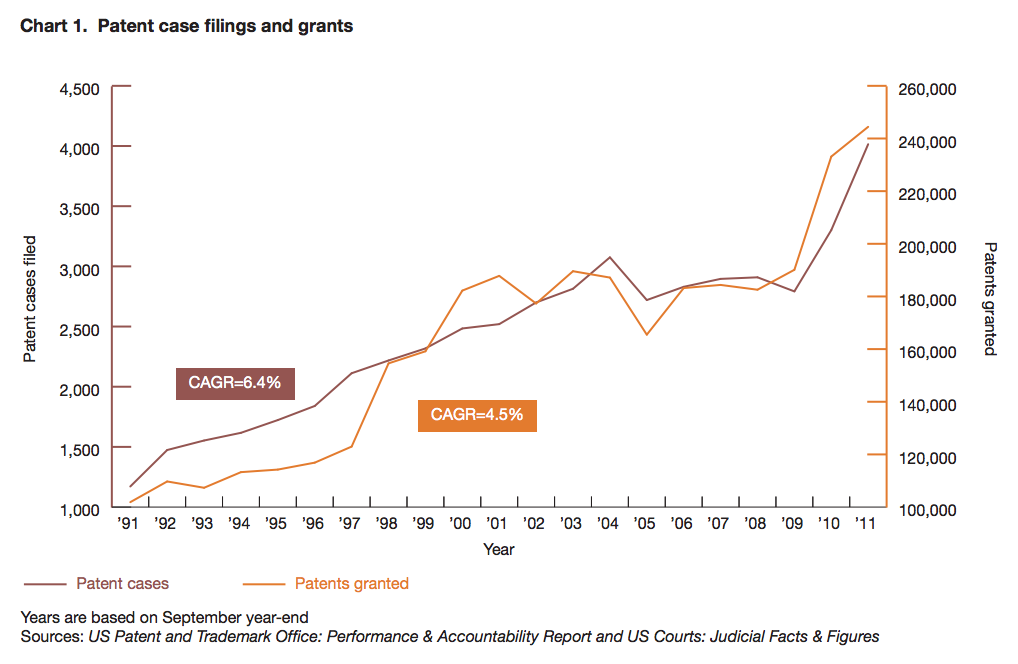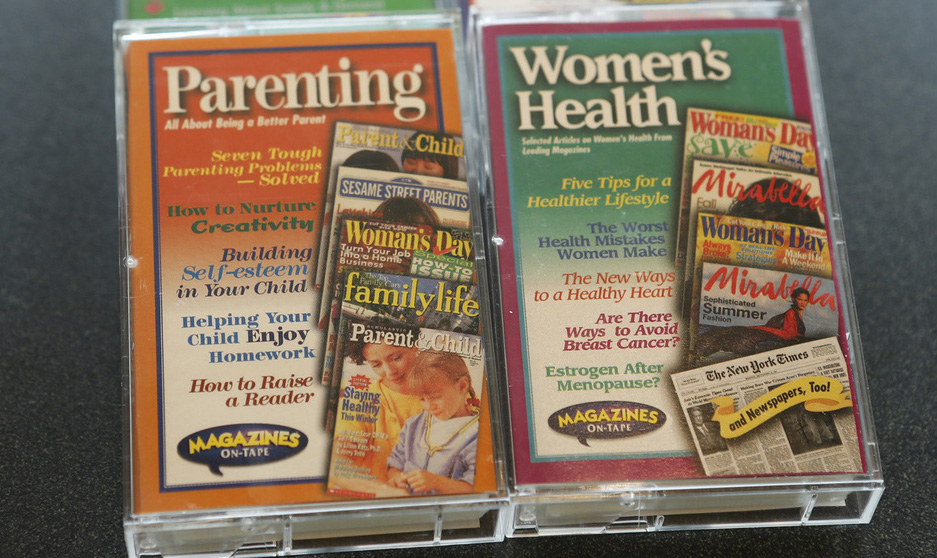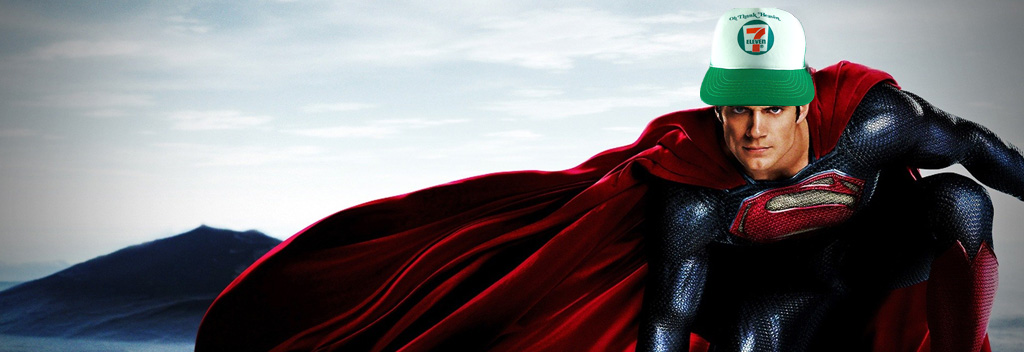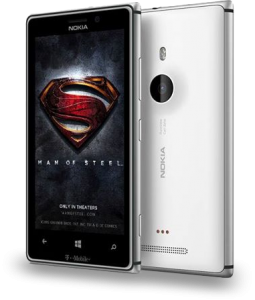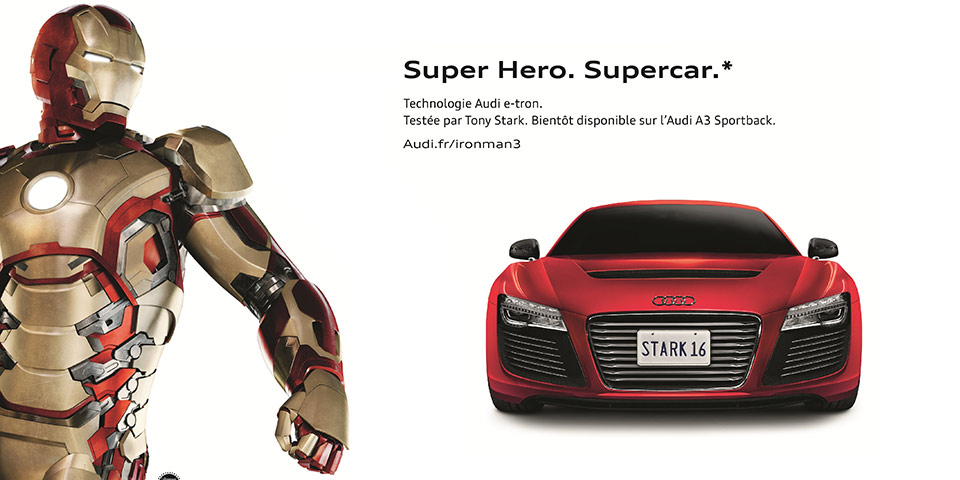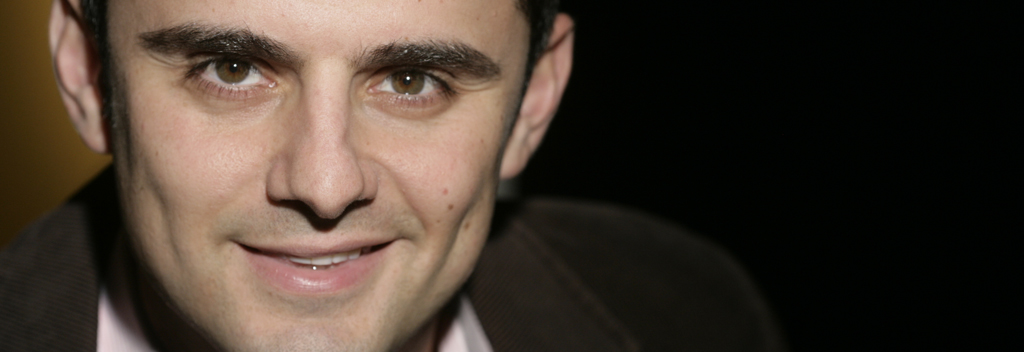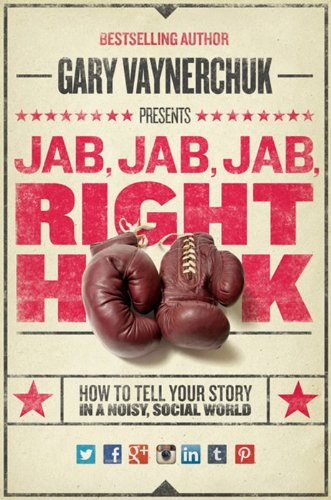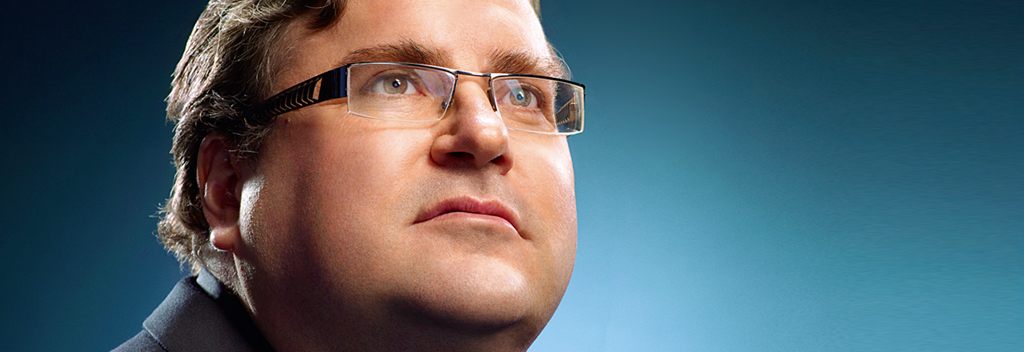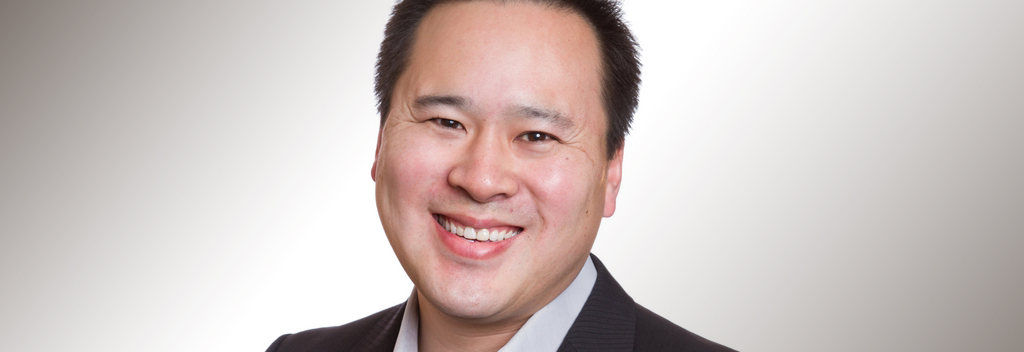
I first met Jeremiah Owyang back in 2005 when he was working for Hitachi Data Systems. I interviewed him for my podcast called Internet Marketing Voodoo (you didn’t know I used to be a podcaster did you?).
Those were the very early days of social media, before Twitter even existed. He and I would often see each other at conferences where we would both be speaking about the coming wave of “consumer generated media” and the impact it would have on business. Those were very exciting – yet frustrating – times as many of the C-Level execs we addressed just couldn’t see the future that was so clear to both of us.
 I recently had the opportunity to catch up with Jeremiah, now a Partner at Altimeter Group, on a trip to the bay area. We traded war stories like old veterans that served on the front line of a long, bloody battle. In many ways I felt like I was closing a chapter in my professional life. Jeremiah was the person that first broke the PayPerPost story online by sharing the launch with Mike Arrington. That post started a ethical battle about paid social media that would rage for years. It is now clear that I was on the right side of that battle – though I took many an arrow in the back for leading the way.
I recently had the opportunity to catch up with Jeremiah, now a Partner at Altimeter Group, on a trip to the bay area. We traded war stories like old veterans that served on the front line of a long, bloody battle. In many ways I felt like I was closing a chapter in my professional life. Jeremiah was the person that first broke the PayPerPost story online by sharing the launch with Mike Arrington. That post started a ethical battle about paid social media that would rage for years. It is now clear that I was on the right side of that battle – though I took many an arrow in the back for leading the way.
The Next Chapter
Jeremiah and I are both looking to the next big thing. I am working on a new product (details coming soon) and he is blazing a trail with his research on the collaborative economy. He shared his thoughts with me over breakfast and I think he is on to something huge. Many of the principles he speaks about are already baked into the product I am working on.
This is the next wave of innovation and opportunity for business, both online and offline. While it may sound a like a fad right now – just remember that people said the same of social media. I interviewed him via email as a followup to our conversation:
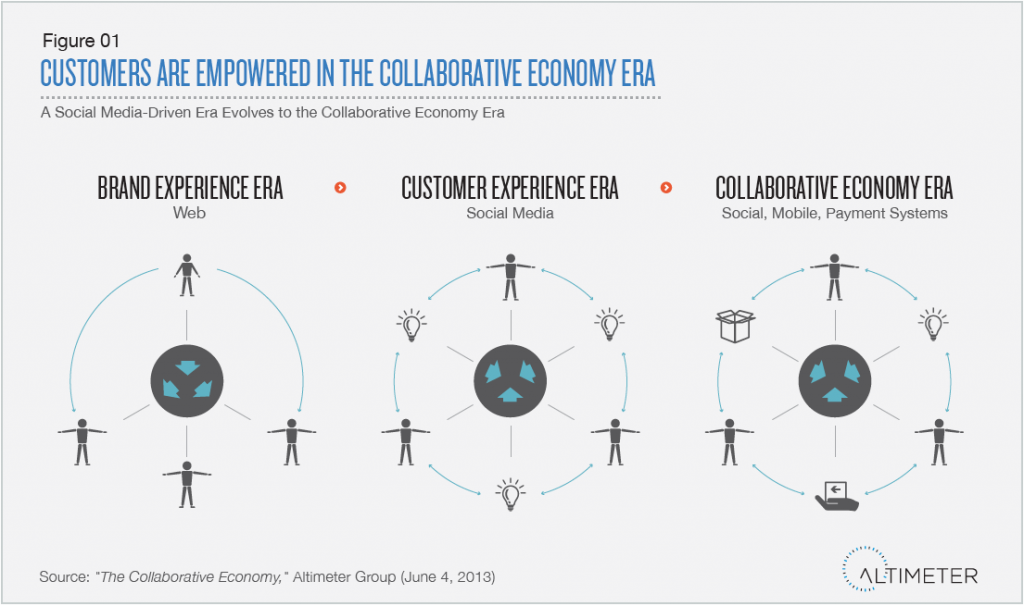
What exactly is the collaborative economy?
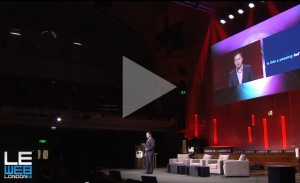 Our tight definition is: The Collaborative Economy is an economic model where ownership and access are shared between people, startups, and corporations. We currently see that corporations are being disrupted by the sharing revolution, and are fighting back through lobbyists or marketing. We see an opportunity for corporations to get involved, and not stand by the wayside.
Our tight definition is: The Collaborative Economy is an economic model where ownership and access are shared between people, startups, and corporations. We currently see that corporations are being disrupted by the sharing revolution, and are fighting back through lobbyists or marketing. We see an opportunity for corporations to get involved, and not stand by the wayside.
(The details of this are in the research report published here. Also check out this video and this series of posts by Jeremiah)
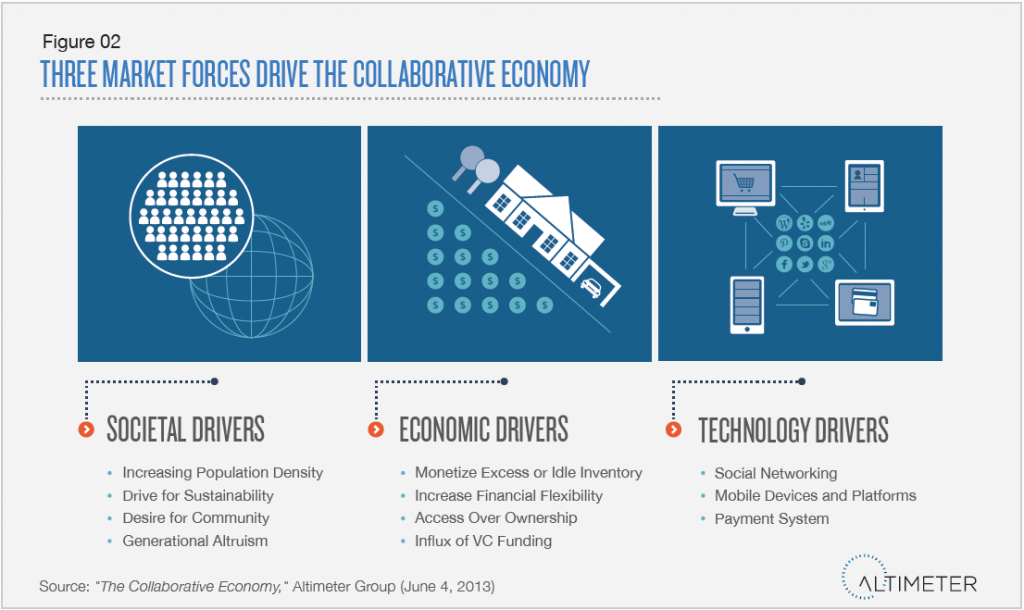
What inspired your research?
Over dinner, Loic Le Meur, the founder of LeWeb and serial entrepreneur leaned over and told me in his charming French accent that the next LeWeb would be about sharing, at the time he called it “digital hippies”, which he settled on the sharing economy. It took a few weeks for it to sink in, and as I probed the space, I realized that this was a major disruption to corporations as people could buy one product once, and then share many times with each other –not needed to buy again. I also saw there were many corporate business opportunities for the taking, but the idea and concept had not yet been fully baked in the market, so I did what I do best: I conducted a research project to find out what is possible –and what is not.
Your vision of the future must be met with some resistance because it challenges the status quo. What do the naysayers push back on most often and what is your response?
This reminds me of 2005-2006 when we first started to get together Ted and create social media (back then we called it something else), and we were singing the exact same song that corporations need to get on board or lose out. It feels the exact same way as I heard it eight years ago, but now, rather than sharing media, people are sharing goods and services. When I told you, I could see the same fire in your eyes light up that I saw in us 8 years ago.
How does this shift effect the small retailer running a store in my neighborhood? What can they do to adapt?
This is a great opportunity for any size business, as they can now unlock any inventory or space or services that are idle and resell on the market, or they can offer their own services on demand we call this Company as a Service. Companies can also Motivate a Marketplace of customers around them to resell or add new value to the products and goods that are being shared in their own market. For example small business ScotteVest encourages their own customers from their dot com to buy and sell used goods, bringing the community of customers closer to them.
In what ways has the collaborative economy effected you personally? What are you doing now that you didn’t do 5 years ago?
Well, for one, I let a stranger drive off in my family car using a website called RelayRide so I could generate revenues from my idle car that was sitting on the curb. The out of town college student got a car for the weekend, I got some revenues, and we both won. I also use Taskrabbit for work at the office, as well as at home, tapping into workers on demand. At Altimeter, where I’m a partner, we’re tapping into LiquidSpace to find meeting space on demand for our remote meetings and more.
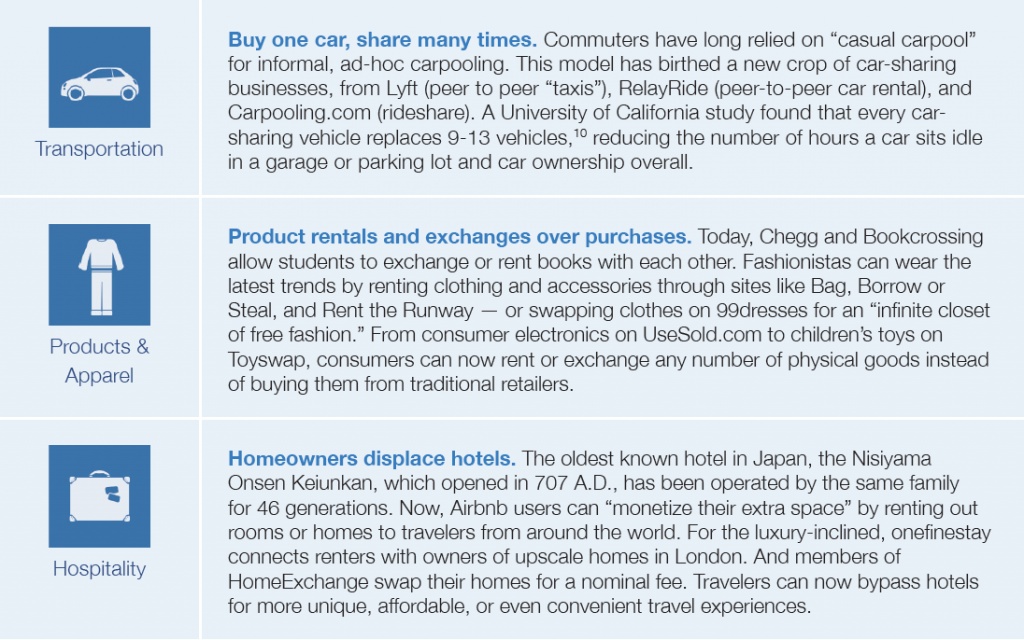
It’s key to remember, this is still part of social business. The first phase was sharing media and ideas, the second phase is about sharing goods and services.
Welcome to the Collaborative Economy.
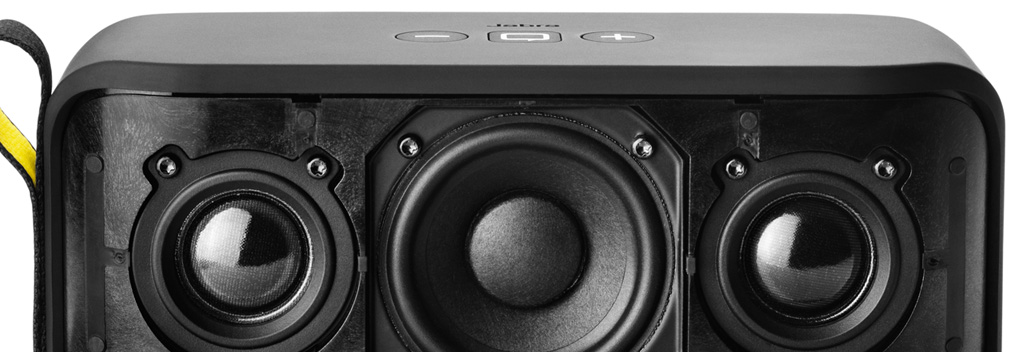
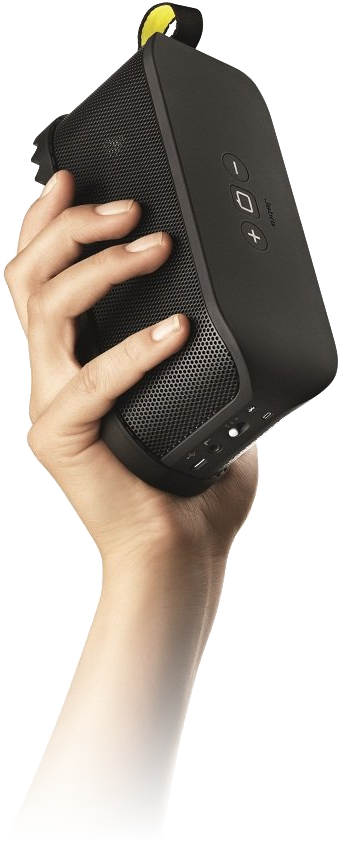



 While the reason to go is the dumplings, they do offer a full list of options on the menu. Other favorites of mine include Joe’s Shanghai Noodles, Crispy Beef and Shrimp Grand Marnier (not on the menu). If you head to the Chinatown location know that it can feel a little sketchy at night if you aren’t comfortable in big cities. They don’t accept credit cards so make sure you have some cash.
While the reason to go is the dumplings, they do offer a full list of options on the menu. Other favorites of mine include Joe’s Shanghai Noodles, Crispy Beef and Shrimp Grand Marnier (not on the menu). If you head to the Chinatown location know that it can feel a little sketchy at night if you aren’t comfortable in big cities. They don’t accept credit cards so make sure you have some cash.
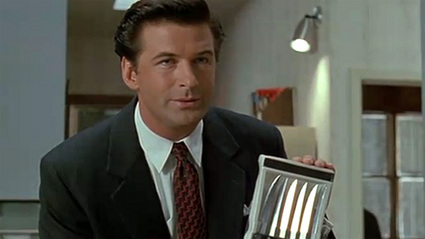 3. Provide Small Rewards for Small Details.
3. Provide Small Rewards for Small Details.
 I recently had the opportunity to catch up with Jeremiah, now a Partner at
I recently had the opportunity to catch up with Jeremiah, now a Partner at 




 Jack Dorsey
Jack Dorsey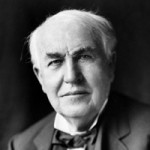 Thomas Edison
Thomas Edison Oprah Winfrey
Oprah Winfrey Henry Ford
Henry Ford J.K. Rowling
J.K. Rowling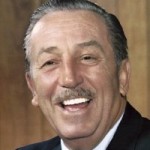 Walt Disney
Walt Disney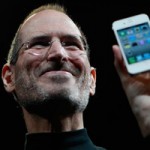 Steve Jobs
Steve Jobs
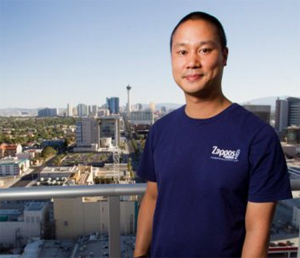 Tony and his team are true visionaries. They are empowering a new generation of entrepreneurs to rethink and reinvent the way they work and play. They have already created 454 new jobs and the project is still in its nascency. I followed up with
Tony and his team are true visionaries. They are empowering a new generation of entrepreneurs to rethink and reinvent the way they work and play. They have already created 454 new jobs and the project is still in its nascency. I followed up with 
